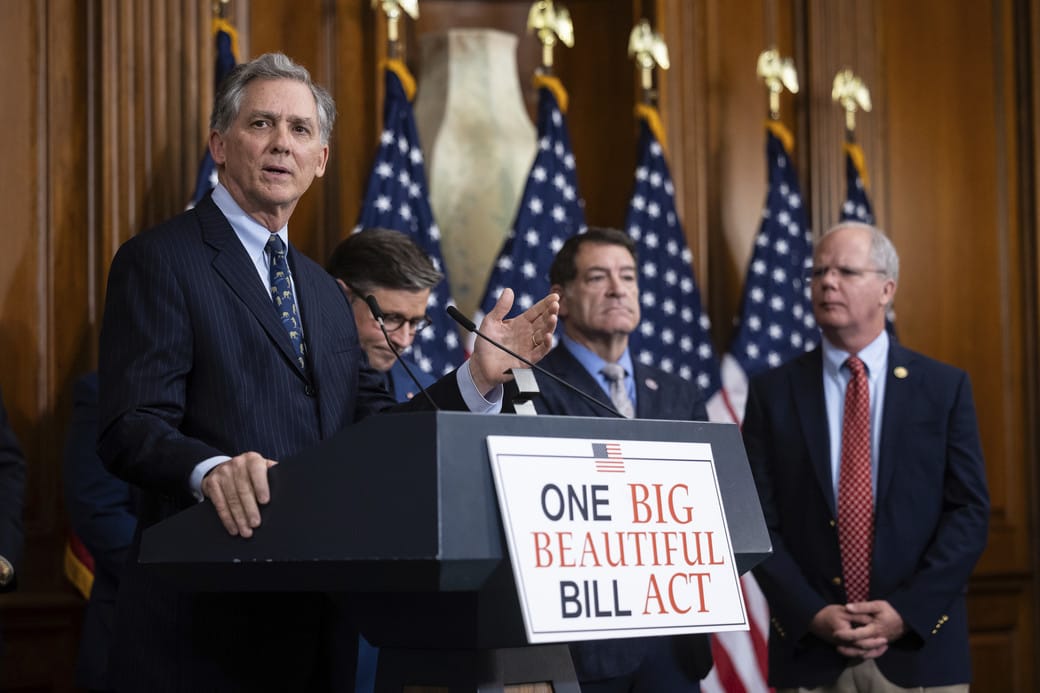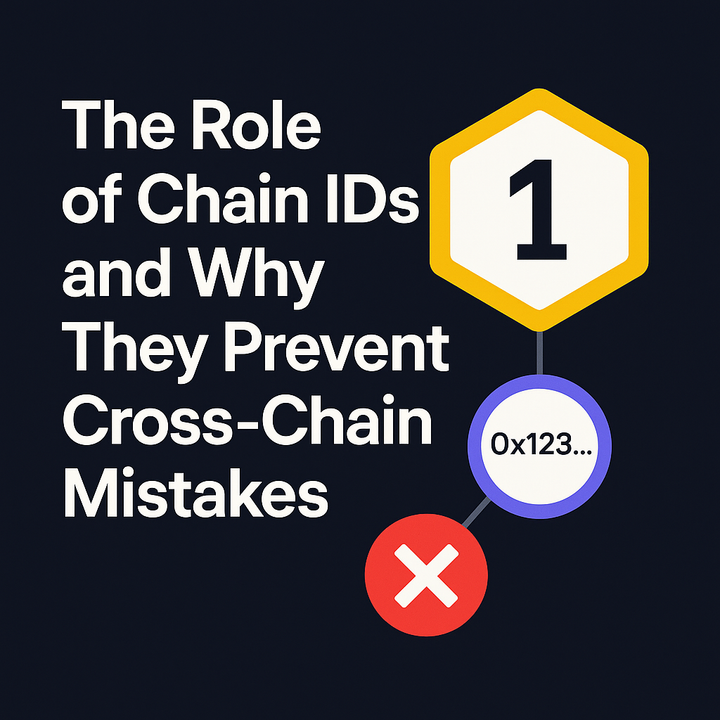U.S. House Passes Three Crypto Regulation Bills in Landmark Move

In a pivotal moment for the cryptocurrency industry, the United States House of Representatives has passed a trio of bills aimed at regulating digital assets, marking the first major legislative package for crypto at the federal level. On July 17, 2025, House lawmakers approved measures dealing with stablecoins, the classification of digital assets (securities vs. commodities), and a potential ban on a U.S. central bank digital currency (CBDC). This coordinated push – dubbed by some as “Crypto Week” on Capitol Hill – reflects growing bipartisan agreement that clearer rules are needed for the rapidly evolving crypto sector. Below, we break down the three bills and their significance:
1. Stablecoin Regulation – The GENIUS Act
The first bill to pass the House is stablecoin legislation known as the GENIUS Act, which establishes a regulatory framework for U.S. dollar-pegged stablecoins. Stablecoins are cryptocurrencies designed to maintain a stable value (often 1:1 with the U.S. dollar) and are widely used in trading and payments. The GENIUS Act had robust bipartisan support, passing the House with a vote of 308-122, indicating many Democrats joined Republicans in favor.
Key provisions of the stablecoin bill: If signed into law, issuers of stablecoins would be required to fully back their coins with high-quality liquid assets (like U.S. dollars, short-term Treasury bills, etc.) and to publicly disclose their reserve holdings on a monthly basis. This aims to ensure that stablecoins are trustworthy and redeemable, preventing scenarios where an issuer doesn’t actually have the dollars to back the tokens in circulation. The bill essentially seeks to bring stablecoins under a similar regulatory rigor as banks or money market funds, protecting consumers and the financial system from a potential stablecoin collapse.
President Donald Trump is expected to sign the stablecoin bill into law, as it was sent to his desk after House passage. (Notably, this suggests the Senate had already approved an identical or similar version, since typically a bill must pass both chambers. In this case, it appears the GENIUS Act originated in the Senate and, once the House agreed, it headed to the President.) Industry proponents hail this as a watershed moment – providing legal clarity for stablecoins could pave the way for broader use of crypto in payments, as businesses and users gain confidence in federally supervised stablecoin issuers. Summer Mersinger, CEO of the Blockchain Association and a former CFTC official, described the votes as “a defining moment in the evolution of U.S. digital asset policy”.
2. Crypto Market Structure – The CLARITY Act
The second major bill is the CLARITY Act, aimed at delineating the line between cryptocurrencies that are securities and those that are commodities. This has been a long-standing issue: under current law, the SEC (Securities and Exchange Commission) regulates securities, while the CFTC (Commodity Futures Trading Commission) regulates commodities. Many crypto tokens have characteristics of both, leading to regulatory confusion and turf battles between agencies (as seen in recent high-profile crypto enforcement cases).
The Clarity Act, which passed the House 294-134, would provide definitions for when a digital asset is considered a security versus a commodity. In particular, it seeks to clarify the SEC’s jurisdiction. During the prior administration (Biden era), the SEC often classified numerous tokens as securities, a stance crypto companies disputed. The new legislation leans into the industry’s argument that many tokens (especially those without profit-sharing or ownership rights like a stock) should be treated as commodities, which generally face lighter regulation and can be listed on exchanges more easily. By clearly defining token categories, this bill aims to end the ambiguity that has left crypto firms guessing at compliance and sometimes facing lawsuits.
The CLARITY Act still needs to go through the Senate (the House’s passage sends it there next) and then would require the President’s signature to become law. It faced some partisan division – a number of Democrats opposed it, arguing it might weaken oversight and potentially benefit President Trump’s personal crypto ventures by limiting SEC crackdowns. (Background: By 2025, President Trump had been openly involved in crypto, including a meme coin and a crypto company tie-in, which made some lawmakers wary of any legislation that could be seen as self-serving. However, supporters insist the bill is about broader market clarity, not any one individual’s projects.)
3. Anti-CBDC Bill – Banning a U.S. Central Bank Digital Currency
The third bill passed by the House is one that would prohibit the United States from creating a central bank digital currency, often referred to as a CBDC. Titled the “Anti-CBDC Surveillance State Act” by its proponents, this legislation is a response to concerns that a digital dollar issued by the Federal Reserve could encroach on Americans’ financial privacy and freedom. Republicans, in particular, have framed a potential CBDC as a tool for government surveillance into private transactions or even control over how money is spent (for example, fearing that a CBDC could be programmed to restrict certain purchases).
The bill’s language bans the Federal Reserve and federal agencies from issuing a CBDC or using any such digital currency for monetary policy. It passed the House and will go to the Senate for consideration. Its prospects in the Senate are uncertain; previously, Democratic leadership was skeptical of an outright ban, especially since the Fed has not decided to create a CBDC and was still researching the idea. Nonetheless, the House vote signals a significant portion of Congress is pre-emptively opposing a digital dollar, aligning with the view that private-sector stablecoins (regulated under bills like GENIUS Act) or existing electronic money are sufficient.
Implications: If the anti-CBDC bill eventually became law, it would firmly shut the door on a U.S. central bank digital currency unless Congress later repeals the ban. This would distinguish the U.S. from other major economies like China, which has been rolling out a digital yuan. Advocates of the ban argue it protects liberty; opponents argue it could make the U.S. less competitive in digital finance innovation.
Significance for the Crypto Industry
Taken together, these three bills represent the most comprehensive legislative package for crypto that the U.S. has ever advanced. The industry has lobbied hard for clear rules – in fact, crypto firms and supporters spent over $119 million in campaign contributions for pro-crypto candidates in the 2024 elections. That investment seems to be paying off with bipartisan momentum in 2025 to finally address crypto through legislation rather than solely through regulators and courts.
For crypto businesses, the stablecoin rules would provide a legal green light to engage with stablecoins under defined conditions, likely spurring banks and fintech companies to enter the space with their own stablecoin offerings, knowing the requirements upfront. The Clarity Act could encourage innovation by removing the ambiguity that has made some exchanges hesitant to list certain tokens (for fear of the SEC later deeming them unregistered securities). If tokens like Ether or others are clearly labeled non-securities by law, the regulatory risk drops significantly, fostering a more open market. On the other hand, if some tokens are explicitly labeled securities, those will gravitate towards compliance with SEC rules or be restricted to certain platforms – but at least the rules will be known.
The political context is also noteworthy. It is unusual for major financial legislation to get such bipartisan support in today’s climate, especially with a polarized issue like crypto (exacerbated by President Trump’s personal involvement in crypto ventures). The fact that hundreds of members from both parties came together suggests that the desire to not stifle technological innovation – and to bring consumer protections – struck a chord. Lawmakers like to avoid another FTX-like fiasco or “wild west” scenario, and these bills are an attempt to lay down guardrails.
Next Steps: As of the House passage, the stablecoin bill is poised to become law pending the President’s signature. The CLARITY Act and the anti-CBDC bill move to the Senate. The crypto industry will now focus lobbying efforts on the Senate, where the outcome is less certain. If the Senate passes them (and especially if it happens before the congressional August recess), it would mark a historic regulatory turning point for crypto in the U.S., likely boosting market sentiment. If the Senate stalls or amends the bills, some provisions might not become law this cycle.
Conclusion: The U.S. House’s approval of three crypto bills at once is a “watershed moment” for the digital asset sector. It demonstrates that after years of debate, Congress is taking concrete steps to provide regulatory clarity. For consumers and investors, these laws aim to create a safer environment – stablecoins fully backed by real dollars, clearer distinctions on what you’re buying (commodity vs security), and assurance that the government won’t unexpectedly roll out a Fed-controlled digital currency. For the industry, it’s a sign that the U.S. is striving to balance innovation with oversight, which could cement the country’s leadership in crypto if done right. The journey isn’t over, but this legislative package is a major leap toward integrating crypto into the traditional legal and financial framework of the United States.



Comments ()